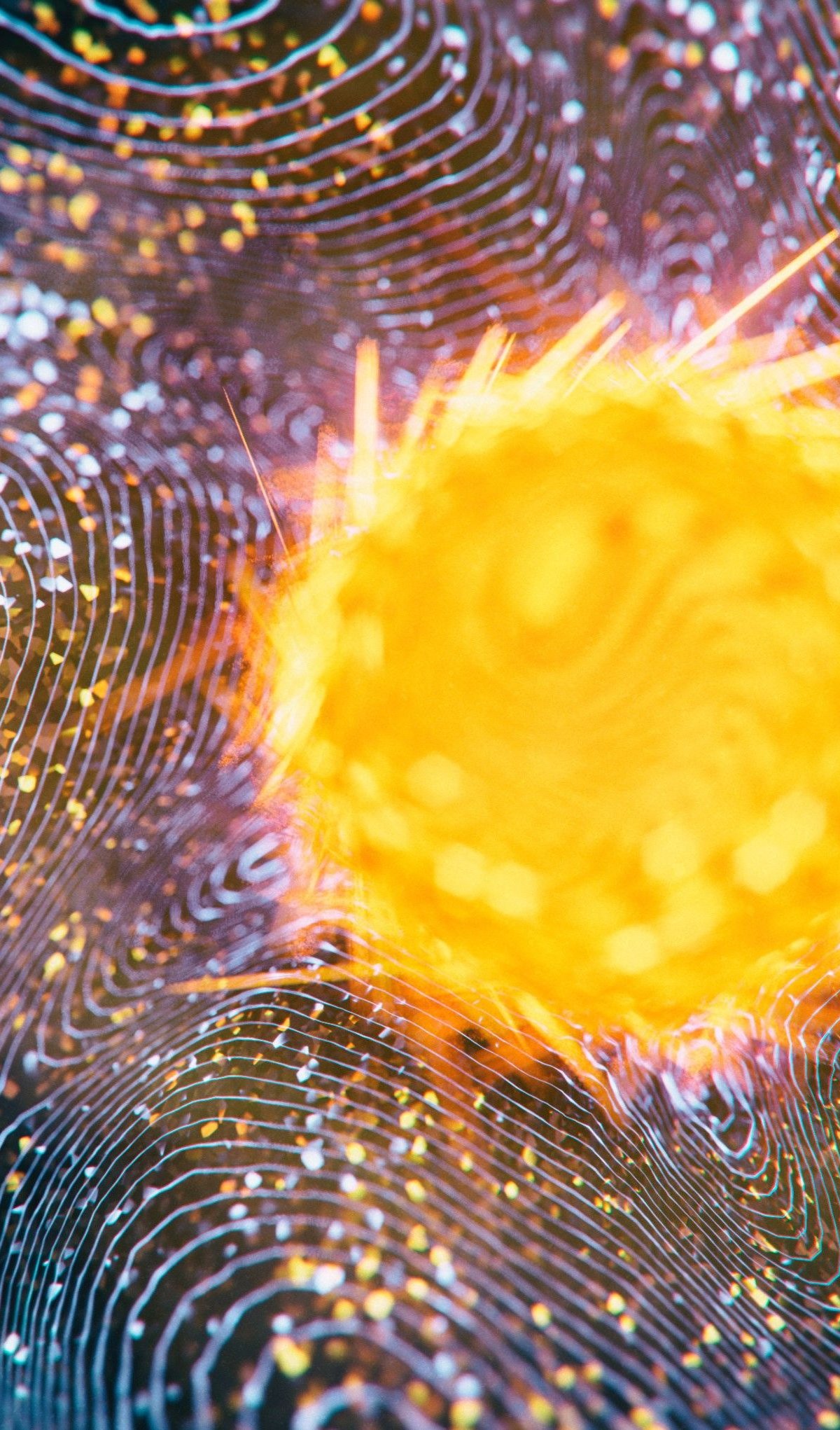A group of scientists analyzed data from the Large Hadron Collider (LHC) located at CERN (European Organization for Nuclear Research) facilities in Switzerland. Watch for possible signs of ‘new physics’ in interactions involving the Higgs boson.
In a new study published in the Journal of High Energy Physics, the team explain that they used data from the LHC’s ATLAS detector to examine simulations of these interactions and quantify possible evidence of what is known as ‘new physics’.
The term ‘new physics’ is used by the scientific community to describe phenomena that go beyond the laws defined in the Standard Model of Physics.
The Higgs boson, discovered in 2012, confirmed the existence of the particle predicted by Peter Higgs nearly 50 years before its discovery. The results of the observations paved the way for numerous studies in the region.
They believe that in the interactions, the phenomenon of creating two Higgs bosons may occur, which can then decay into electrons, muons, and other particles of the lepton family. This process is considered extremely rare and has not yet been observed, but it may occur according to Standard Model predictions.
“Experimental studies of the interactions of Higgs bosons with each other face a fundamental problem. That is: In proton collisions at the LHC, Higgs bosons occur so rarely that no Higgs boson pair production events have been detected so far. Observing the interactions between these particles The view seems absolutely necessary if we want to do this,” said Dr. Bartlomiej Zabinski.
‘New physics’ and Higgs bosons
In the research, the team simulated this Higgs boson formation reaction to see if there was any evidence of unknown physics. Using a machine learning algorithm, they looked for patterns that might reveal something unusual, but all results came back according to the Standard Model of Physics.
Ultimately, scientists have not been able to detect any data showing signs of ‘new physics’, but they do not rule out the possibility that this may happen in the future.. With increased use and future upgrades of the LHC, more data will be collected and can be analyzed to reveal phenomena that go beyond the Standard Model of Physics.
“So far we have not noticed anything in the data from our detectors that contradicts the Standard Model. However, this result does not exclude the possibility of the existence of ‘new physics’ phenomena, it only gives us information about their possible effects.” The production of Higgs boson pairs is too faint to be seen in the data collected so far.“, adds Zabinski.
Follow current developments in physics and science at TecMundo. If you wish, take the opportunity to understand how faster-than-light photons challenge the order of time. Until next time!
Source: Tec Mundo
I’m Blaine Morgan, an experienced journalist and writer with over 8 years of experience in the tech industry. My expertise lies in writing about technology news and trends, covering everything from cutting-edge gadgets to emerging software developments. I’ve written for several leading publications including Gadget Onus where I am an author.













